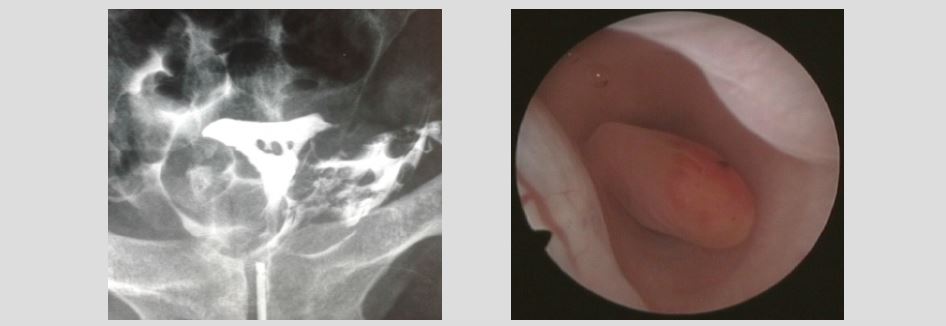It is very important to perform a thorough evaluation of the endometrial cavity, fibroids, polyps, including micro polyps, are common causes of implantation failure. The presence of any of these conditions, regardless of size and location, have the potential to generate a change in the endometrial enviroment preventing an adequate communication between the embryo and the endometrium for implantation to occur.
There are other important conditions such as the evaluation of thin endometrium, which is commonly associated with synechiae, that prevent the proper development of the endometrium, including small synechiae in the isthmus. The opposite is also true, as in the evaluation of thickened endometrium where it is important to take a biopsy under direct visualization of the most abnormal looking area. Of note, in this pathology can coexist in the same patient lesions with atypia and focal lesions without atypia making the specific biopsy site very important for an accurate diagnosis. It is a consensus that edometrial stripes smaller than 6mm or greather than 14mm, are not suitable for nesting pregnancies.
Finally, in the diagnosis of chronic inflammatory conditions of the endometrium (endometritis), hysteroscopy has well-established diagnostic criteria, which allow 93% accuracy. Chronic endometritis is a known cause of implantation failure. Asymptomatic cases can only by diagnosed by endometrial biopsy and hysteroscopy if done as routine. Blind endometrial biopsy has diagnostic limitations, but hysteroscopic view of this condition enables the diagnosis even without pathological anatomical correlation.
J. Jiménez. Venezuelan Association of Reproductive Medicine and Embryology. Venezuela
Hysteroscopy Newsletter
http://www.hysteroscopy.info
